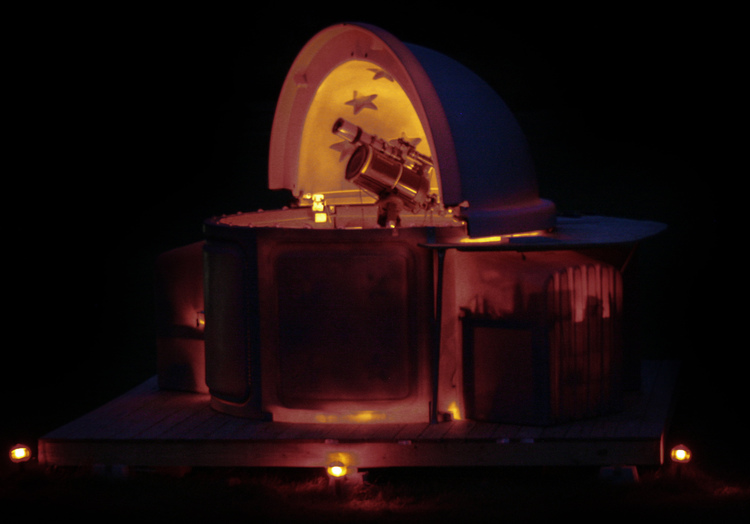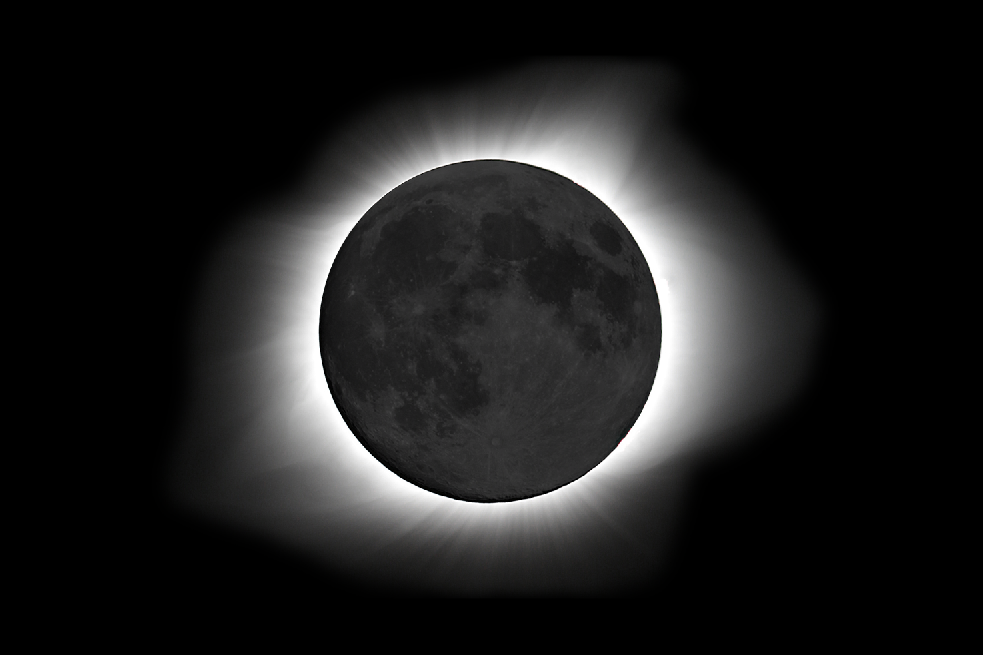Prints for Sale
Select prints are now available for SALE!
CLICK HERE to Order!
Large Canvas Prints $200
(ask about option of metal prints)
Paper prints $75 (Large)
Paper prints $50 (Small)
This prints out to an 8x24 inch canvas.
I was lucky enough to witness this live in the high desert just south of Madras, Oregon. It was imaged with an 80ED Telescope and a Canon DSLR.
2017 Solar Eclipse / 2015 Full Moon Composite
This image is a combination of the Solar Eclipse of 2017 and Super Moon image of 2015 in order to show some texture to the eclipse.
2017 Solar Eclipse Collage
Large Canvas Print - 2015 Lunar Eclipse Collage - This is a collage from start to finish. The center image is the eclipse in full totality.
2015 Lunar Eclipse Collage - This is a collage of the 2015 Lunar Eclipse from start to finish. The center image is the eclipse in full totality.
2015 Lunar Eclipse - This is the Super Moon/Total Eclipse of 2015. The image was taken at Rocky Road Observatory with an ED80mm Scope and a Canon 700D. The Eclipse was at Totality at approximately 10:47pm. This was a 2.5sec exposure at 10:50pm. There was no apocalypse last night but a friend in Honduras stated that there was a 4.5 level earthquake...
Super Moon November 2016. Its hard to get contrast when imaging a full moon. I used an over saturation technique to bring out the detail in the mares. From an imaging perspective, the Super Moon is no different... but this time, it barely fit in field of view at prime focus.
Sun - Our nearest star imaged with a 60mm Coronado Solarmax telescope and a Celestron Skyris 274mono camera.
This is an image of Jupiter found in the bottom right. Ganymede, Io, and Europa are the moons seen left to right.






